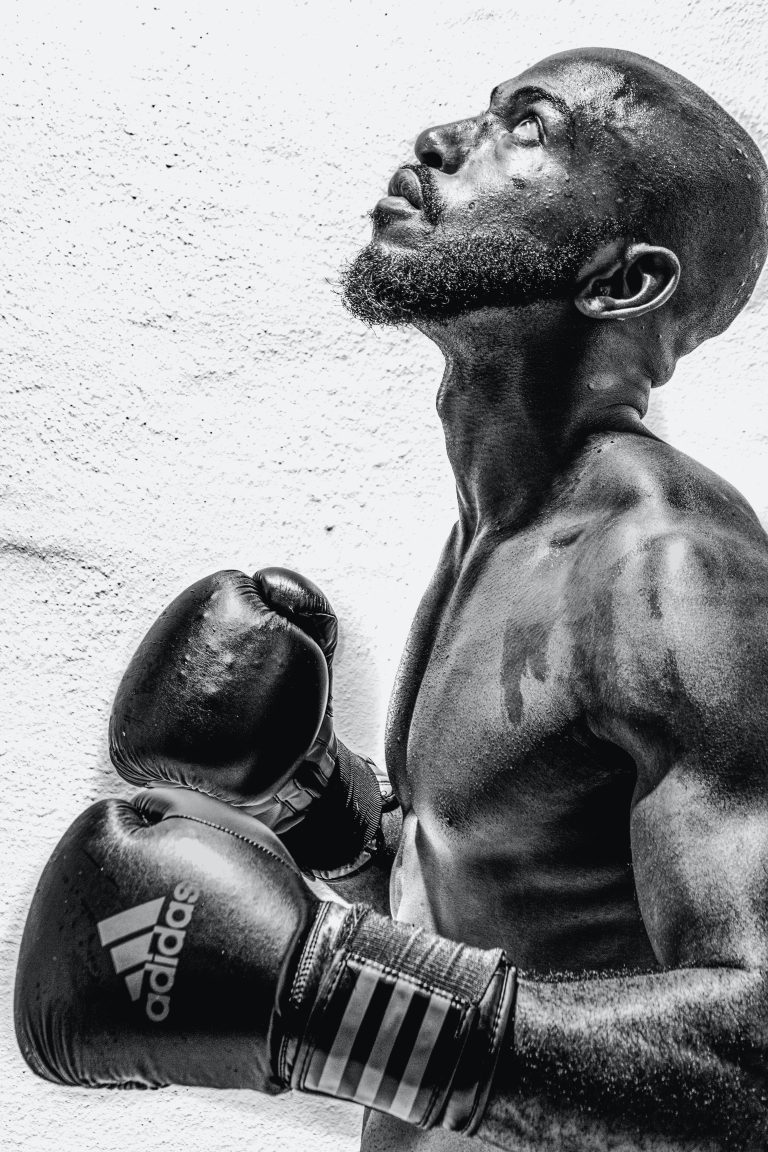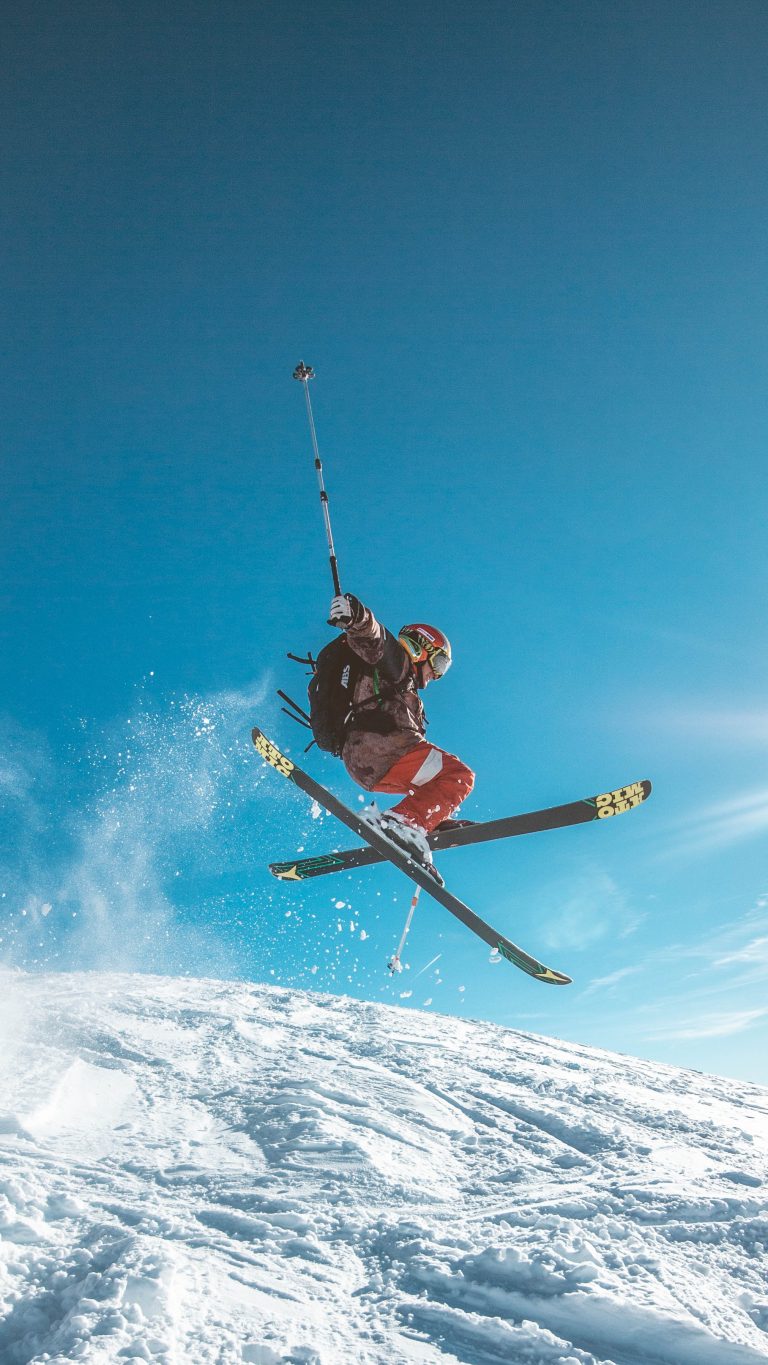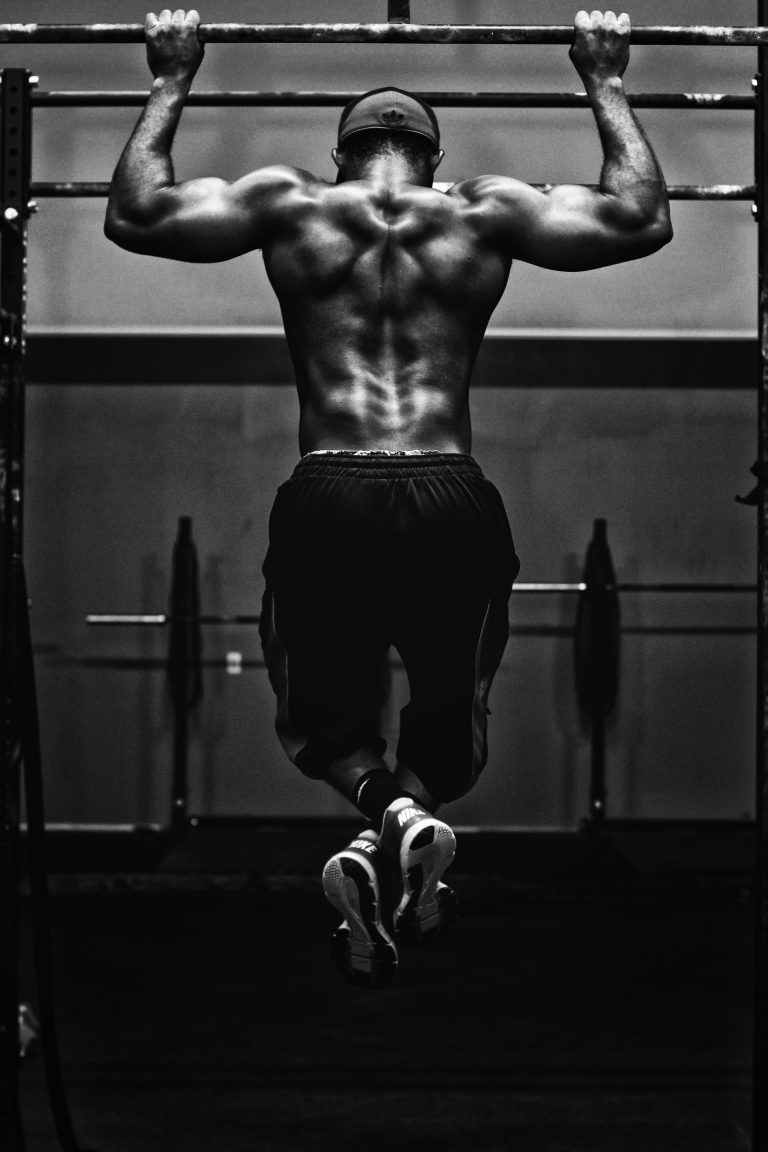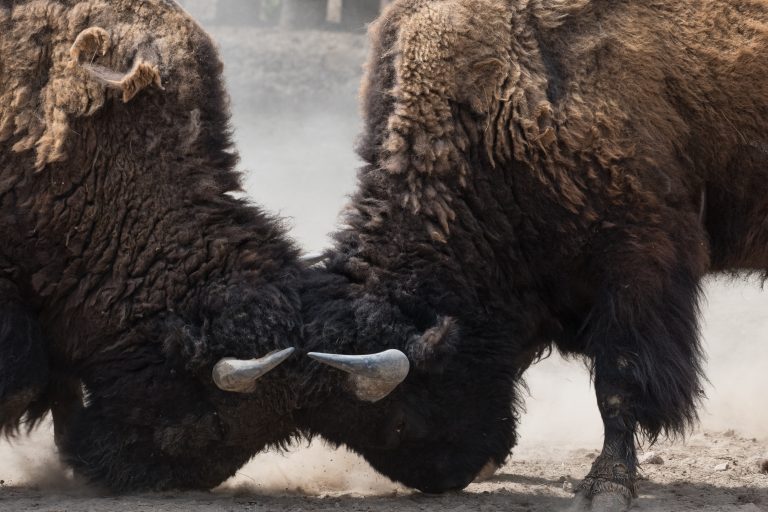How Does Olympic Karate Work?
Karate has been a popular martial art for many years, and in 2020, it was included in the Olympics for the first time. Karate has now become an Olympic sport, and it is fascinating to see how it works. In this blog post, we will explore the rules, scoring system, and styles of karate that are used in the Olympics.
The Rules of Olympic Karate
In the Olympics, karate consists of two disciplines: Kata and Kumite. Kata is a solo discipline, and Kumite is a sparring discipline.
In Kata, each competitor performs a series of pre-arranged movements, which demonstrate a sequence of offensive and defensive moves against imaginary opponents. The competitors are then judged based on the performance of these moves. The judges award points based on the accuracy, power, and speed of the movements.
In Kumite, competitors spar against each other in a rectangular ring measuring 8 meters by 8 meters. The competition consists of three-minute rounds, and the winner is determined based on points scored, or by knockout. To score points, competitors must deliver punches or kicks to specific, designated target areas on their opponents‘ bodies. The target areas are the head, neck, chest, abdomen, and sides.
The Scoring System in Olympic Karate
The scoring in Olympic Karate is based on a points system. Points are awarded for correct strikes to the target areas. The technique used to deliver the strike also affects the points awarded. A score of one point is awarded for a punch to the body, while a kick to the body or a punch to the head scores two points. A kick to the head scores three points.
In the case of a tie after three minutes, the athlete with the highest score wins. If the score is still tied, an additional one-minute round is played. The first competitor to score a point during the additional round wins the match.
The athletes are also awarded penalties for various reasons, such as illegal techniques or unsportsmanlike conduct. Penalties can result in negative points, disqualification, or forfeiture of the match.
Styles of Karate in Olympic Karate
There are three styles of Karate that are used in Olympic competition: Shotokan, Goju-Ryu, and Shito-Ryu. These styles vary in terms of their techniques, but all aim to promote physical fitness, self-confidence, and respect.
The Shotokan style emphasizes strong stances and powerful techniques. Its katas include a focus on strong punches and kicks, while its Kumite competition typically features strikes at a longer distance.
Goju-Ryu focuses on quick, circular movements and physical resilience. Its katas emphasize punches and kicks with quick footwork, and its Kumite competition typically involves shorter distances.
Shito-Ryu is a combination of the previous two and emphasizes both power and speed. Its katas emphasize both circular and linear movements with a focus on breathing techniques, and its Kumite competition typically involves both long and short distances.
In
Introduction to Olympic Karate
Olympic Karate is a martial art sport that involves different styles of karate techniques. It consists of two types of events, Kumite and Kata. Kumite is a sparring event where two athletes compete against each other, while Kata is a solo event, in which an athlete performs a pattern of movements without any opponent.
Olympic Karate has recently been introduced as an Olympic event, and this has led to an increase in its popularity. In this blog post, we will discuss the most frequently asked questions about Olympic Karate and how it works.
How is Olympic Karate played?
Olympic Karate consists of two events: Kumite and Kata.
In the Kumite event, two athletes compete in a five-minute match, and the athlete with the most points at the end of the match wins. Points can be awarded for punches, kicks, and strikes to specific areas of the body, such as the head or torso. The match can also end early if one of the athletes scores an Ippon, which is a full-point score or if one of the athletes has a lead of eight points.
In the Kata event, an athlete performs a pre-determined pattern of movements in front of a panel of judges. The athlete is scored based on their technical ability, speed, power, and proper form.
What are the rules of Olympic Karate?
The rules of Olympic Karate depend on the type of event being played. In Kumite, athletes are not allowed to kick below the waist, strike the groin area, or use any joint locks or throws. The use of protective gear is also mandatory, including headgear, gloves, and a mouthguard.
In the Kata event, the athlete must perform a pre-determined pattern of movements accurately and with precision. They are scored based on their technique, speed, power, and proper form. The athlete is not allowed to make any mistakes, and the judges deduct points for errors in their performance.
What are the scoring systems in Olympic Karate?
In Kumite, athletes are awarded points for various techniques. One point is awarded for a punch or a strike to the target area, while two points are awarded for a kick to the body.
In addition, three points are awarded for a kick to the head, and four points are awarded for a clean kick to the head, which is also known as a Jodan. Athletes can also score an Ippon, which is a full-point score, for specific successful techniques, such as an unblockable kick to the head or a successful throw.
In the Kata event, athletes are scored based on their technical ability, speed, power, and proper form. The judges award scores on a scale of 5-10, and the athlete with the highest score at the end of the event wins.
What are the weight classes in Olympic Karate?
Olympic Karate has three weight classes per gender for Kumite events. They are as follows:
- Under 67kg (Men) / Under 55kg (Women)
- Under 75kg (Men) / Under 61kg (Women)
- Over 75kg (Men) / Over 61kg (Women)
In the Kata event, there are no weight classes as it is a solo event.
Who are the top athletes in Olympic Karate?
Olympic Karate has seen several top athletes over the years, including Antonio Diaz, Rafael Aghayev, and Sandra Sanchez. These athletes have won numerous titles and have become legends in the sport.
How Does Olympic Karate Work?
Karate is a sport that has been practiced for many years, and it has a rich cultural heritage. In 2021, Karate will make its debut as an Olympic sport in Tokyo, and for fans of the sport, this is an exciting development. Karate in the Olympics will be divided into two categories – Kumite and Kata. Here is a step-by-step guide to understanding how Olympic Karate works:
Kumite
The Kumite category of Karate is what most fans of the sport are familiar with. Kumite is the sparring category, and it is divided into three rounds. Each round lasts for two minutes, and the winner of the match is decided either by scoring an Ippon or by outscoring their opponents.
Scoring an Ippon
An Ippon is the highest score in Kumite, and it means a full point. An Ippon is scored when a clean, strong technique is delivered to a valid target area of the opponent’s body, which results in the opponent being thrown to the floor, or they fall due to the impact of the strike. When an Ippon is scored, the match is immediately ended, and the person who has scored the Ippon is declared the winner.
Outscoring the Opponent
If an Ippon is not scored during the three rounds, then the person who has the highest number of points is declared the winner. Points are awarded when a technique is delivered to a valid target area with sufficient contact, impact, and control.
Valid Target Areas
In Kumite, there are four valid target areas where a person can strike their opponent, which are the face, neck, head, and chest. Strikes to the groin, back, and limbs are not considered valid.
Kata
Kata is the second category of Olympic Karate, and it is a solo performance of a pre-determined sequence of movement or techniques. Kata is performed without opponents, and it is judged based on the competitor’s technical skill, timing, and execution.
How Kata is Scored
Judges award points based on the competitor’s accuracy, precision, and alignment during the performance. The technique’s speed, power, and balance are also taken into consideration. A competitor’s focus, timing, and rhythm are also scored.
The Different Types of Kata
There are a total of 102 Kata in Karate, but only two are selected for Olympic competition. The two Kata that will be used in Olympic competition are:
– Kanku Dai (translated as ‚to view the sky‘)
– Anan (translated as ‚peaceful mind‘)
The Use of Flag System
During the competition, judges score the Kata by using flag systems. They hold up a blue or red flag to indicate their score. Judges will also check for any penalties such as violations to timing, alignment, or missed techniques.
Conclusion
Karate’s inclusion in the Olympics is an acknowledgement of the sport’s rich heritage and global appeal. The competition format makes it a thrilling and exciting sport to watch, with the Kumite category being particularly engaging. The Kata events, on the other hand, showcase the contestants‘ skills, poise, and precision. With the right knowledge, you can follow the action and appreciate the nuances of Olympic Karate.
Inhaltsverzeichnis






